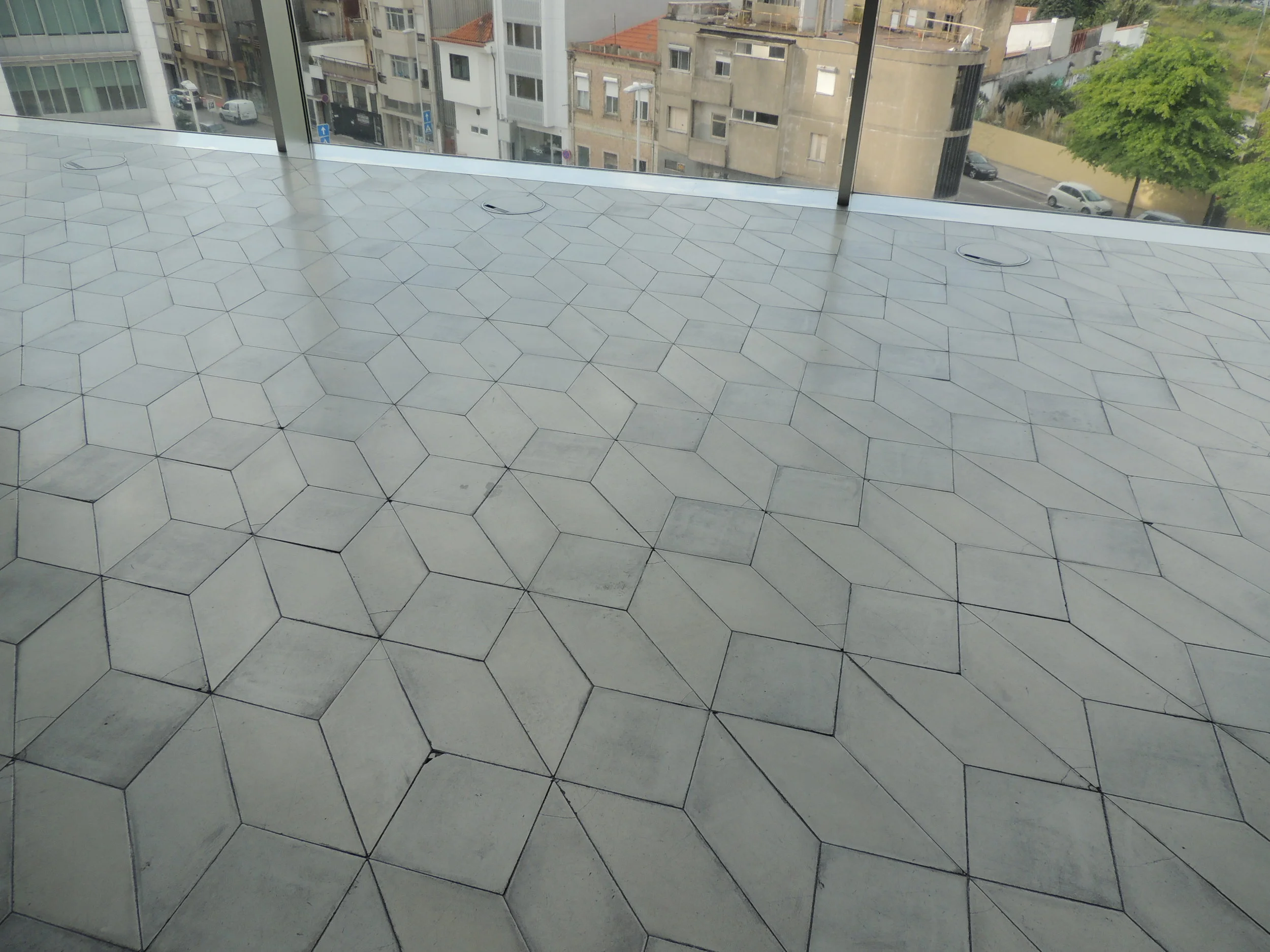BEST PRACTICES: Recycling Carpet
/Recycling practices for various building materials and finishes are constantly evolving based on market demand for raw materials. Unfortunately, progress isn’t always in the right direction. The carpet industry, which has over the past decade rebranded itself as an “eco-friendly” according to Lauren Arcuri at consumersdigest.com, has recently lost considerable momentum in its efforts to recycle discarded carpet and padding. Carpet America Recovery Act (CARE) has worked since 2002 to develop “market-based solutions that increase landfill diversion and recycling of post-consumer carpet, encourage design for recyclability and meet meaningful goals.” The organization has diverted over 3.6 billion pounds of carpet from U.S. landfills. And until mid-2015, there existed an emerging market for recycling old carpet to produce new carpet, padding and other innovative products like acoustic insulation.
We’ve been keeping tabs on the carpet recycling industry for some time now, and were motivated to update our research on the subject last fall for the purposes of two projects. At that time, our understanding was that the market for recycling carpet was robust, but our inquiries to find a New England resource for that purpose quickly indicated that our knowledge was dated. I initially contacted three carpet recycling resources listed on CARE’s website. The number for the first had been disconnected, the second was no longer recycling carpet but rather dumping it into its landfill, and the third, New Jersey-based Carpet Cycle, gave me more bad news: residential carpet recycling efforts in the U.S. had all but halted completely after August 2015. Those carpet companies who could make use of old carpets in the production of new ones couldn’t make the numbers work given the high cost of collecting and transporting an unpredictable stream of raw material. The problem is compounded by the relatively low current cost of oil, allowing manufacturers to produce new material as cheaply (or cheaper than) the cost of recycling old carpet. I was horrified.
My next question: What was happening to all of the carpet that consumers were discarding, assuming like me that it would be recycled? It is either being dumped into landfills or being burned at a Waste to Energy (WTE) facility where incineration generates electricity. Given what we know about the many known chemical exposure risks of the carpet industry, I had moment of panic as I visualized of all of those PBDEs, PFOAs and other harmful compounds being released back into the air.
Carpet Cycle is leading the charge on carpet recycling in the Northeast. but the current lull in demand for recycled carpet content means that they have refocused their efforts on commercial and corporate work. They partnering with property management companies to recycle large quantities of carpet. According to Carl Trezza of Carpet Cycle, the company sold a large stream raw material back to carpet manufacturers based in southern states until last year, when demand dwindled as oil prices fell. Needing to find new uses for their recycled carpet, Carpet Cycle now produces Quiet-Tech, an acoustic and thermal insulation product for commercial installations made from recycled carpet fibers and a mixed of post-consumer textiles called shoddy.
When I asked Carl about other viable options for small-scale residential carpet recycling efforts, he paused. Though the industry changes each year, the best bet for keeping discarded carpets from our projects out of the landfill is to find other users. I inquired about donating carpet to local secondhand building supply warehouses like ReStore, Habitat for Humanity’s donation-based building supply outlet. But even for carpets in excellent condition, health regulations prevent ReStore from accepting any carpet donations. They did suggest that our clients try posting the carpet and padding on Craigslist, and despite my skepticism, we decided to give that a try since we had no other immediate options. To my surprise, there was overwhelming interest in both carpet and padding, and we were able to transfer all of our material to new owners in a matter of days. Though there is no telling whether that carpet will stay out of the landfill indefinitely, we did request that new owners work to find tertiary owners when they no longer had a use for the material, and/or research new carpet recycling efforts when the time comes.
Let’s hope that the upside to inevitably higher oil prices will be more robust support of recycling efforts across the building material and finishes industries.

